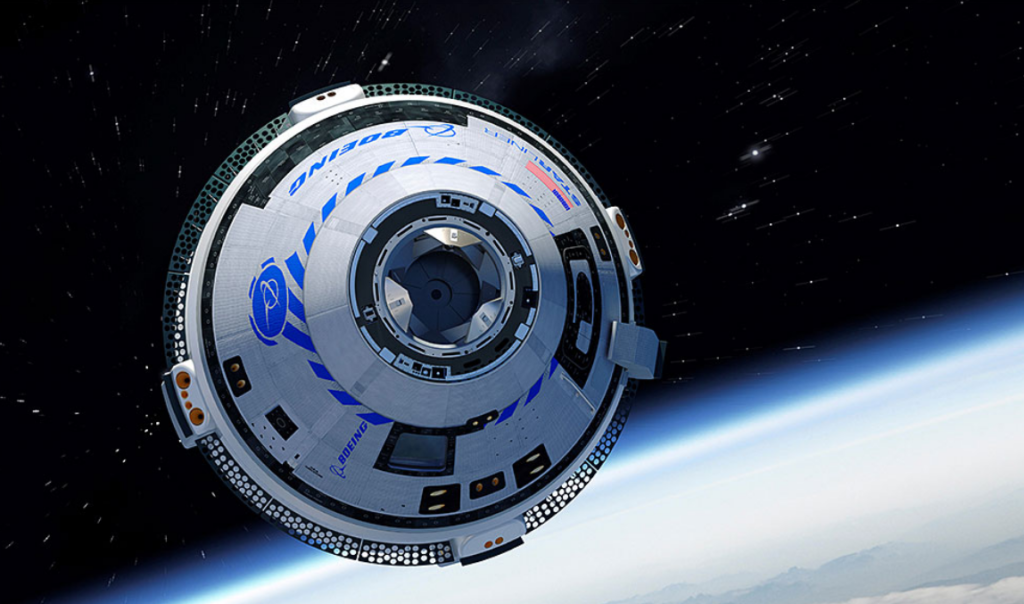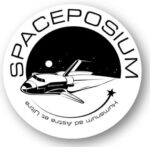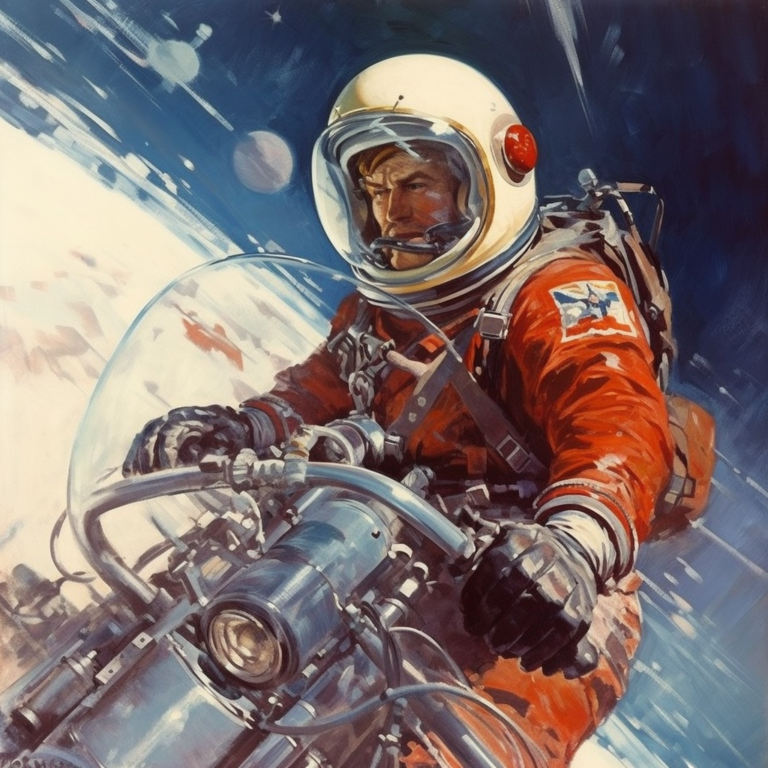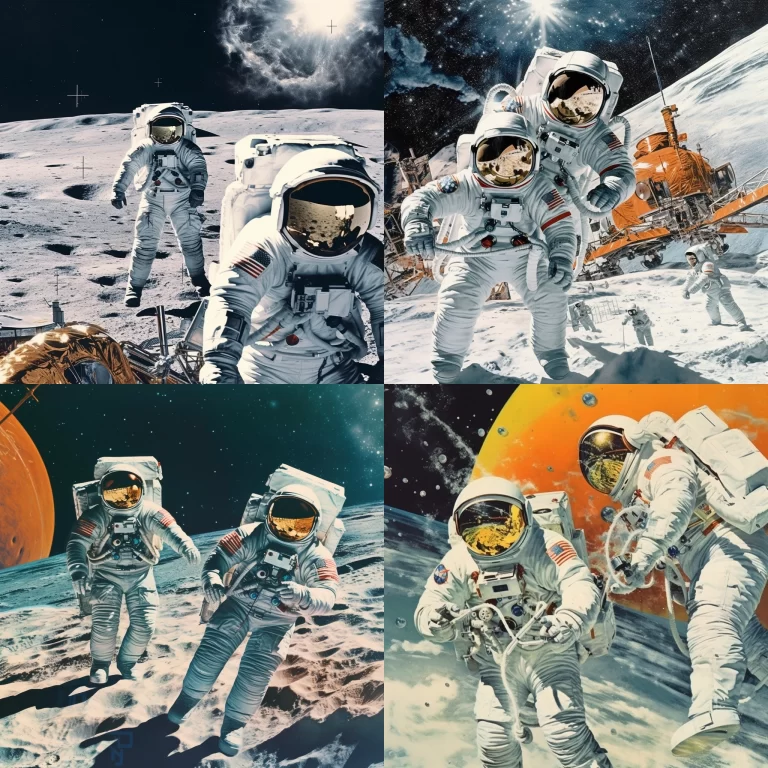
Spacewalk Spacesuit Basics:
Protecting Astronauts in Harsh Space Environments
Introduction
Learn about the essential components of spacesuits and how they safeguard astronauts during spacewalks.
What are Spacesuits?
Spacesuits go beyond mere clothing for astronauts, offering protection from space hazards during missions.
Types of Spacesuits
Spacewalks involve two main types of spacesuits: one for launch and re-entry and another designed specifically for spacewalks.
The Extra-Vehicular Activity (EVA) Suit
Discover the specialized spacesuit called the EVA suit, which is used for spacewalks outside the spacecraft.
Dangers Faced by Spacewalking Astronauts
Explore the hazards encountered during spacewalks, such as radiation, extreme temperatures, dust, and debris.
The Extravehicular Mobility Unit (EMU)
Learn about the spacesuit worn during spacewalks outside the International Space Station, known as the EMU.
The Exploration Extravehicular Mobility Unit (xEMU)
Find out about NASA’s new suit, the xEMU, developed for spacewalks during Artemis missions with enhanced features.
Components of a Spacewalk Spacesuit
Discover the main parts of a spacesuit: the pressure garment and the life support system.
Cooling Garment
Understand the importance of the cooling garment in regulating body temperature during spacewalks.
Hard Upper Torso
Learn about the lightweight, strong upper torso that connects the suit to essential systems.
Gloves
Explore the design of spacesuit gloves, allowing astronauts to work while protecting their hands from extreme cold.
Lower Torso
Discover the lower section of the spacesuit, including pants, boots, and advanced mobility features for lunar missions.
Layers
Uncover the multiple layers of the spacesuit, providing oxygen, insulation, protection, and mobility.
Life Support System
Explore the backpack-mounted life support system, responsible for oxygen supply, pressure regulation, and communication.
Oxygen Supply and Pressure Regulation
Learn how the life support system ensures a continuous supply of oxygen and maintains the proper pressure within the spacesuit.
Carbon Dioxide Removal
Discover the mechanisms in place to remove carbon dioxide from the spacesuit, ensuring the astronaut’s safety and comfort.
Communication Technologies
Understand how the spacesuit’s communication system allows astronauts to stay connected with the spacecraft and mission control.
Helmet-Mounted Microphones and Speakers
Learn about the advanced audio technologies integrated into the helmet, enabling clear communication between the astronaut and mission control.
Video Transmission
Discover the video transmission capabilities of modern spacesuits, allowing live video feeds from the suit’s helmet to be transmitted to the spacecraft and mission control.
Monitoring Life Support
Find out how the spacecraft continuously monitors the vital signs and parameters of the spacesuit’s life support system to ensure the astronaut’s well-being.
Communications System
Learn how astronauts communicate with the crew and mission control through the integrated communications system.
Helmet
Discover the vital role of the helmet in maintaining pressure, ventilation, and protection for the astronaut’s head.
Conclusion
Spacesuits are extraordinary tools that enable astronauts to explore space safely while facing its challenging conditions.
Meta Description: Discover the basics of spacewalk spacesuits, including their components, communication technologies, and life support systems.
Space tourism, an exciting frontier that has captured the imagination of people around the world, holds the promise of enabling individuals to explore the vast expanse of the universe. However, beneath the allure and thrill lie several significant challenges that need to be addressed to ensure the success and safety of space tourism. In this article, we will delve into five key challenges that the industry faces as it strives to make space travel accessible to the masses.
The Dream of Space Tourism
1. A Paradigm Shift in Travel
- Space tourism represents a groundbreaking shift in how we perceive and experience travel.
- It offers a once-in-a-lifetime opportunity to venture beyond Earth’s boundaries and explore the wonders of space.
- The dream of space tourism taps into humanity’s innate curiosity and desire for exploration, fueling our collective imagination.
2. Opening the Cosmos to All
- Space tourism aims to democratize access to space by making it available to individuals from diverse backgrounds.
- It holds the promise of transcending the boundaries of wealth and privilege that have historically restricted space exploration.
- The dream of space tourism envisions a future where ordinary people can embark on extraordinary journeys among the stars.
3. Pushing Technological Boundaries
- The pursuit of space tourism is driving remarkable advancements in aerospace technology.
- Companies are developing innovative spacecraft, propulsion systems, and life support technologies to support safe and comfortable space travel.
- The dream of space tourism serves as a catalyst for pushing the boundaries of engineering and science, leading to valuable technological spin-offs.
4. Inspiring Scientific Discovery
- Space tourism holds the potential to inspire a new generation of scientists, engineers, and explorers.
- By experiencing the awe-inspiring beauty and vastness of space firsthand, tourists may develop a deeper appreciation for scientific endeavors.
- The dream of space tourism encourages a symbiotic relationship between commercial space ventures and scientific research, fostering collaboration and knowledge exchange.
5. Environmental Considerations
- The dream of space tourism necessitates a responsible approach to minimize environmental impact.
- Companies in the industry are actively exploring sustainable propulsion technologies and adopting environmentally friendly practices.
The Challenge of Space Tourism
1. Safety and Risk Mitigation
- Ensuring passenger safety in space travel
- Developing robust safety protocols and emergency procedures
- Mitigating risks associated with space debris and collisions
2. Astronaut Training and Physical Preparedness
- The rigorous training required for space tourists
- Physical fitness and health considerations
- Psychological preparedness for the unique challenges of space travel
3. Cost and Accessibility
- Making space tourism affordable for a wider audience
- Reducing the high costs of space travel
- Expanding accessibility to space tourism beyond the elite
4. Environmental Impact
- Minimizing the ecological footprint of space tourism
- Balancing technological advancement with sustainability
- Addressing concerns about pollution, waste, and resource management
5. Legal and Regulatory Framework
- Establishing international regulations for space tourism
- Clarifying liability and insurance issues
- Navigating legal challenges associated with space travel and exploration.
It’s important to note that space tourism is still in its early stages, and there are significant challenges to overcome. Safety, cost, and technological advancements are crucial factors that need to be addressed to ensure the growth and sustainability of this industry. However, as the potential for space exploration expands and more companies invest in space tourism ventures, the dream of traveling to space could become a reality for a growing number of adventurous individuals.
In summary, space tourism is a groundbreaking industry that offers people the chance to experience the thrill and beauty of space travel. From suborbital flights to orbital journeys and future missions to other celestial bodies, space tourism opens up a world of possibilities for those who dream of venturing beyond our home planet. It is an industry driven by curiosity, innovation, and the desire to make the wonders of space accessible to all.
While the prospect of space tourism is undeniably captivating, it is essential to acknowledge the challenges that lie ahead. Ensuring the safety and security of passengers, preparing astronauts physically and mentally, addressing cost and accessibility barriers, minimizing environmental impact, and establishing a robust legal framework are critical steps towards making space tourism a sustainable and inclusive industry. By addressing these challenges, we can pave the way for a future where individuals from all walks of life can embark on awe-inspiring journeys beyond our planet.
Whether you are a science enthusiast, an aspiring astronaut, or simply a curious explorer, these videos will inspire and educate, offering a window into the extraordinary world of space travel.













